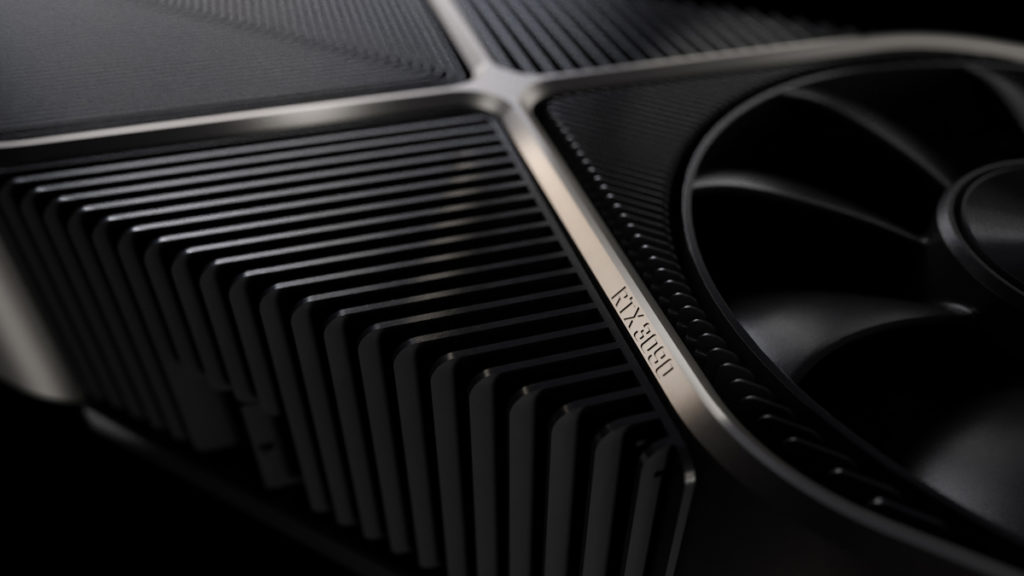Image: NVIDIA
We may not have to wait until NVIDIA’s next architecture (i.e., “Hopper”) for GeForce RTX graphics cards built on a 7 nm process. According to a DIGITIMES article pertaining to the incredible demand for TSMC’s services, green team could be releasing refreshed GeForce RTX 30 Series GPUs that leverage the semiconductor manufacturing leader’s 7 nm node.
“…rumors say Nvidia’s previously launched annual masterpiece RTX 30 Series uses Samsung Electronics’ heavily discounted 8nm process, but will switch to TSMC’s 7nm process in 2021,” according to a translation provided by RetiredEngineer (chiakokhua)...
Continue reading...

